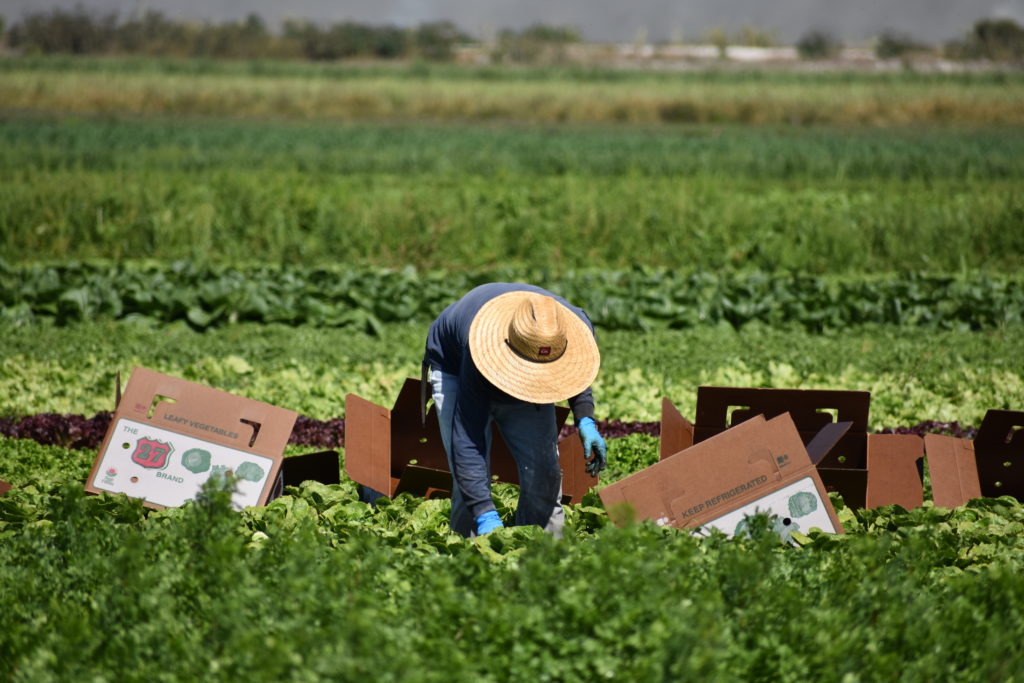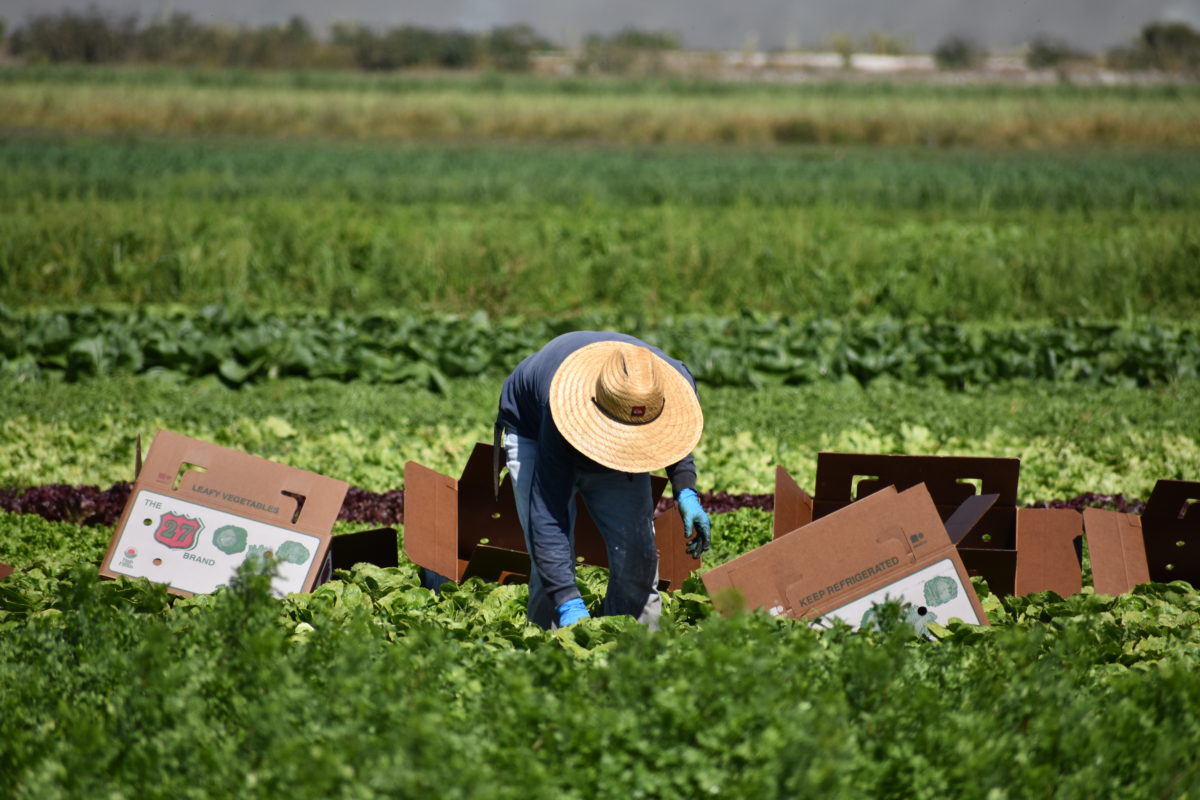
Florida’s new Adverse Effect Wage Rate (AEWR) for 2024 is expected to increase by 3% from $14.33 to $14.77, according to results from the most recent Farm Labor Survey that was released last week. As part of the Southeast that includes Georgia, Alabama and South Carolina, Georgia expects a 7% rise in its AEWR, increasing from $13.67 to $14.66. Georgia’s increase would follow a 14% rise in 2022.
The Department of Labor uses the survey results to determine the AEWR for the H-2A program.
Georgia has experienced a 22% escalation in its AEWR over the past two years, jumping from $11.99 to $14.66. It is now twice the state’s minimum wage.
“This unwelcome news is made worse by new data from the U.S. Department of Agriculture demonstrating that imports of vegetables from Mexico have continued to grow in 2023, surging 14% over the same period last year,” the Georgia Fruit and Vegetable Growers Association said in an email to its members. “Cabbage, cucumber, tomato, beans, peas and carrots all showed double-digit growth in foreign imports with strawberries and other berries also up considerably.”
The wage rates are subject to change pending the official posting in the Federal Register by the Department of Labor.
The H-2A program allows employers to fill temporary labor needs by employing foreign agricultural workers when a lack of U.S. workers for the positions exists and as long as hiring non-U.S. workers does not adversely affect the wages and working conditions of U.S. workers in similar jobs. AEWR is the wage below which there would be an adverse effect on the wages of U.S. workers.










